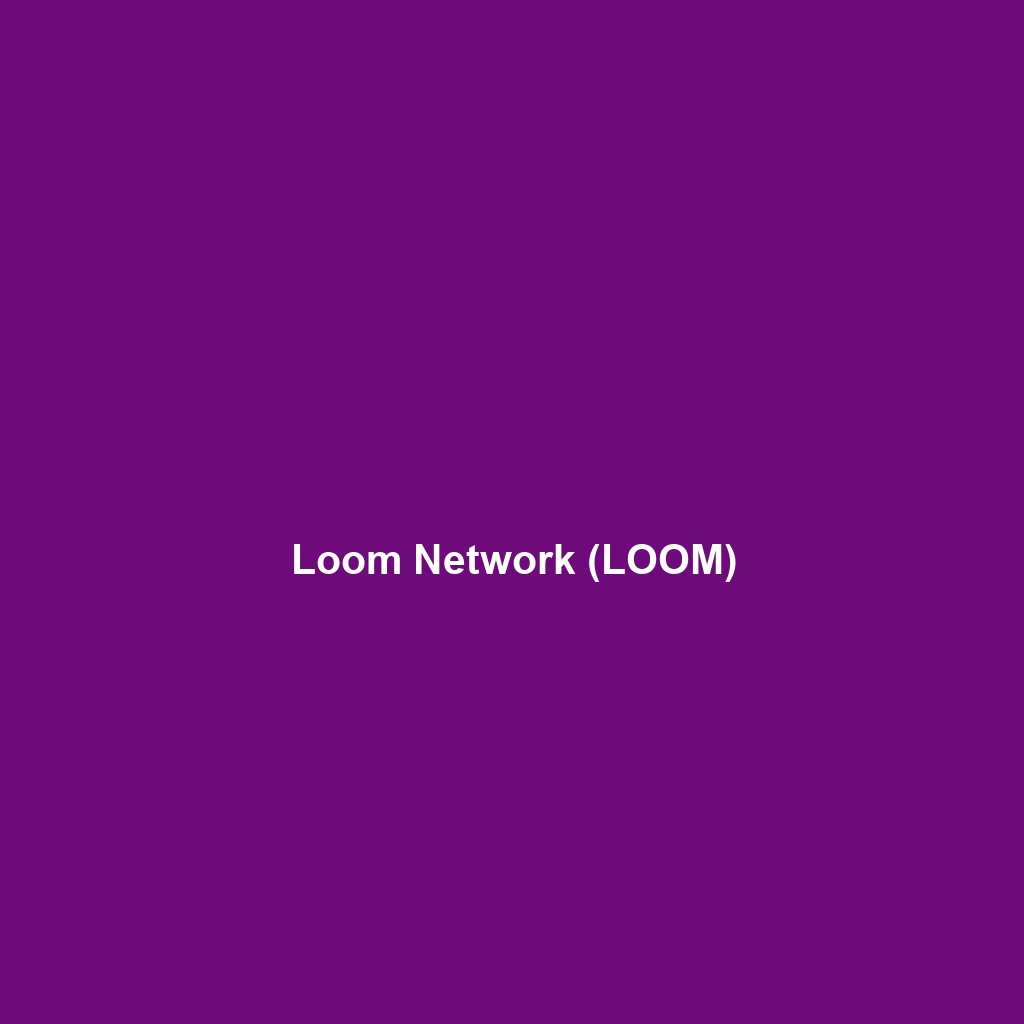Your cart is currently empty!
Tag: gaming industry

Sheldon Adelson Expands Casino Holdings
Sheldon Adelson Expands Casino Holdings
Sheldon Adelson Expands Casino Holdings
The Adelson family has reaffirmed its commitment to the Asian gaming market by investing $2 billion to expand its casino operations in Macau and Singapore. This investment marks a significant move amid a complex economic landscape where gaming revenues are beginning to recover post-pandemic.
Background of the Adelson Empire
Sheldon Adelson, who passed away in January 2021, was a pivotal figure in establishing Las Vegas Sands Corporation, which has been influential in shaping the casino industry as it is known today. Under his leadership, the company developed numerous luxury resorts, cementing its presence in the gaming capitals of Macau and Singapore.
The company generates a large share of its revenue from its Asian properties, with the Sands China segment being one of the largest contributors. The Adelson family, which now oversees the company’s operations, is focusing on leveraging its existing portfolio to boost revenue growth and capture a larger share of the market as gaming demand recovers.
The $2 Billion Investment
The decision to invest $2 billion into expanding casino holdings is a significant step for the Adelson family. This investment will primarily target enhancements in existing properties and potential new developments that are expected to attract a broader clientele.
Analysts predict that this infusion of capital could play a critical role in revitalizing operations in both Macau and Singapore, particularly as these regions see a rebound in tourism. According to a report by Reuters, the regions have been gradually lifting travel restrictions, which may lead to increased visitor numbers and, consequent, higher revenues for the casino industry.
Market Implications
According to industry experts, this investment aligns with a broader trend of consolidation in the gaming sector as operators seek to position themselves competitively. The ongoing recovery from the COVID-19 pandemic has prompted companies to rethink their strategies, with many focusing on technological enhancements and improved customer experiences.
Funding the expansion in two of the world’s gaming hotspots can significantly enhance Sands China and Marina Bay Sands’ market position. In a recent interview with gaming analyst Michael C. McGowan, he noted, “This substantial investment illustrates the Adelson family’s long-term vision of growth in Asia. They understand that increasing consumer demand can lead to exponential returns.”
Macau and Singapore: Key Markets
Macau has traditionally been the largest gaming hub in the world, consistently surpassing Las Vegas in terms of revenue. The region’s gaming revenue has faced challenges due to strict health protocols during the pandemic but has seen signs of recovery as borders reopen.
Singapore, on the other hand, presents a unique opportunity with its growing number of international tourists and business travelers. The Marina Bay Sands casino is known for its iconic architecture and luxury offerings, which continue to attract visitors even during challenging times.
Future Considerations
While the investment represents a strong vote of confidence in the Asian market, challenges remain. The gaming industry is facing increased regulatory scrutiny, particularly in Macau, where the government is tightening its grip on operations. Additionally, the impact of global economic conditions, including inflation and potential recessions, could impact discretionary spending on entertainment and gaming.
Industry experts are keenly observing how the Adelson family will navigate these challenges moving forward. As gaming markets globally shift and evolve, maintaining leadership in such a competitive landscape will require innovation and adaptability.
Conclusion
The Adelson family’s $2 billion investment in expanding its casino holdings is a strategic move designed to bolster its presence in critical Asian markets. With Macau and Singapore poised for growth, the Adelsons are working to capitalize on the recovering tourism sector while also addressing the challenges posed by regulatory changes and economic uncertainties.
As they embark on this expansion, the industry and investors alike will be watching closely to gauge the long-term impact of this significant investment on both the company and the broader gaming landscape.

GME Stock Sees Volatility Amid Retail Investor Interest
GME Stock Sees Volatility Amid Retail Investor Interest
GME Stock Sees Volatility Amid Retail Investor Interest
GameStop Corp.’s stock (GME) has recently witnessed significant price fluctuations as retail investors continue to show strong interest in the gaming retailer. This volatility highlights the ongoing impact of individual investors on market dynamics, particularly in the context of a stock that has garnered substantial attention since the early 2021 meme stock phenomenon.
Recent Market Activity
Over the past few weeks, GME stock has experienced a rollercoaster of price movements, closing at $28.25 on October 5, 2023, after hitting a low of $24.12 just days prior. This surge comes on the heels of renewed enthusiasm from retail investors, who have been actively trading the stock on platforms such as Robinhood and Reddit’s WallStreetBets forum.
According to data from MarketBeat, GME’s trading volume reached an astonishing 14 million shares on several occasions last month, significantly above its average volume of just under 4 million. Such spikes indicate strong retail interest and highlight the potential for rapid price changes as these investors react to market signals and news events.
The Role of Retail Investors
The renewed interest in GME stock aligns with a broader trend where retail investors have reclaimed significant influence in stock markets, particularly in high-profile cases like GameStop. This trend has led to a shift in dynamics, often referred to as the “retail revolution” in trading.
A recent survey from the Financial Industry Regulatory Authority (FINRA) noted that nearly 49% of retail investors reported trading stocks more frequently in 2023 than they did the previous year. This surge in activity has been attributed to several factors, including the increasing prevalence of commission-free trading apps and the accessibility of investing education through social media and online communities.
Market Analyst Insights
“The volatility in GME stock is a testament to how much influence retail investors can wield in this market,” remarked David Keller, Chief Market Strategist at StockCharts.com. “This recent fluctuation can be linked directly to the collective sentiment and trading patterns of individual investors, who often react emotionally to news and social media trends.”
Experts suggest that these price movements may not solely be driven by economic fundamentals but rather by the social dynamics of retail trading communities. Keller emphasized that “there is definitely a speculative element at play, which can result in extreme volatility—especially in stocks that are already quite volatile like GME.”
External Factors Influencing Volatility
Several external factors have contributed to the volatility surrounding GME stock, including forecast reports from industry experts and broader market trends influencing consumer spending in retail. Recent reports indicating a potential slowdown in the gaming market have led some analysts to express caution regarding GME’s long-term prospects.
According to a recent earnings forecast published by MarketWatch, analysts predict that GameStop may only achieve a revenue increase of 5% year-over-year, which could dampen investor enthusiasm and heighten price fluctuations. Furthermore, analysts’ revisions to stock ratings—lowering expectations for growth—have also contributed to the stock’s unpredictable nature.
The Future of GME Stock
Looking ahead, the future of GME stock may hinge on multiple factors, including retail investor sentiment, company performance, and broader market conditions. While enthusiasm remains high among certain segments of retail investors, analysts caution that ongoing fluctuations and speculative trading could lead to increased risk for those investing in GME.
“Investors need to be cautious,” warns Laura Martin, a senior analyst at Needham & Company. “While there may be potential for short-term gains, the longer-term picture remains uncertain amid economic challenges and changing consumer behavior on gaming platforms.”
Conclusion
In summary, GameStop’s GME stock has become a focal point for retail traders, characterized by significant price volatility driven by renewed interest from individual investors. As market conditions evolve and external influences come into play, the future trajectory of GME will likely continue to reflect the passions and responses of its retail investor base.
Investors are advised to stay informed and exercise caution when engaging with stocks characterized by such volatility, as the landscape remains fluid and susceptible to rapid changes.

Loom Network (LOOM)
Loom Network (LOOM): A Comprehensive Overview
Loom Network (LOOM) is a cryptocurrency that stands out in the rapidly expanding world of blockchain technology. This detailed description covers the essential aspects that make LOOM a noteworthy digital asset, along with its historical significance, technical attributes, and future potential in the cryptocurrency ecosystem.
1. Name and Ticker Symbol
The official name of the cryptocurrency is Loom Network, and its ticker symbol is LOOM.
2. Founders, Launch Date, and History
Loom Network was co-founded by Matthew Campbell, Rami Tärn, and Diego Oppenheimer, who aimed to address the scalability issues facing dApps (decentralized applications) on the Ethereum blockchain. The project launched in 2018 and has seen several key milestones, such as the introduction of the Loom SDK and the deployment of the Loom Network mainnet. The project has evolved significantly, with various partnerships and protocol upgrades enhancing its functionality.
3. Blockchain Platform
Loom Network operates on the Ethereum blockchain, making it a layer 2 scaling solution designed to reduce congestion and enhance the user experience of dApps. This platform allows developers to create high-throughput applications without compromising security.
4. Purpose and Use Case
The primary purpose of Loom Network is to facilitate the development of dApps with a focus on gaming. It provides a seamless environment for building blockchain games, social applications, and other decentralized solutions that require high scalability. Notable use cases include in-game asset ownership and integration of non-fungible tokens (NFTs).
5. Technology and Consensus Mechanism
Loom Network employs a technology framework known as Plasma, which allows for fast and secure off-chain transactions. It utilizes a modified version of the Delegated Proof of Stake (DPoS) consensus mechanism, enabling a more efficient means of transaction validation while maintaining decentralization.
6. Supply and Tokenomics
The total maximum supply of LOOM tokens is 1 billion, with a circulating supply that fluctuates due to various staking and burning mechanisms. Users can earn staking rewards by participating in the network and contributing to its security, while burn mechanisms help control the token supply and enhance value.
7. Use Cases and Adoption
Loom Network has found real-world applications in the gaming industry, attracting attention from developers creating blockchain-based games. Partnerships with platforms like CryptoKitties and gaming dApps on its ecosystem demonstrate its adoption in the DeFi sector.
8. Market Performance and Metrics
As of now, Loom Network boasts a market capitalization of approximately $100 million. Historical price trends indicate volatility, with LOOM experiencing significant swings in value. The trading volume remains consistent, reflecting active trading amongst investors.
9. Where to Buy and Trade
LOOM tokens can be traded on various cryptocurrency exchanges, including both centralized exchanges (CEXs) like Binance and decentralized exchanges (DEXs) such as Uniswap. These platforms offer users flexibility in buying and trading LOOM.
10. Security and Risks
Like all cryptocurrencies, Loom Network faces security vulnerabilities. While there have been no major hacks reported against LOOM, users should remain cautious and protect their assets through best security practices. Legal and regulatory risks are also present in the ever-evolving crypto landscape.
11. Community and Governance
Loom Network operates a community-driven governance model, allowing token holders to participate in decision-making processes. Community engagement is facilitated through platforms like Discord and Telegram, creating an active dialogue for project development.
12. Competitors and Differentiation
LOOM differentiates itself from competitors like Polygon and Chainlink by focusing specifically on gaming and social applications. Its unique framework allows developers to create user-friendly applications without the traditional complexities associated with blockchain development.
13. Roadmap and Future Developments
The future of Loom Network looks promising, with ongoing developments aimed at enhancing functionality and interoperability. Upcoming partnerships and protocol upgrades are expected to elevate the network’s capabilities and broaden its scope in various applications.
14. Wallet Compatibility
LOOM tokens are compatible with several popular wallets, including MetaMask and Ledger. These wallets enable secure storage and easy management of LOOM assets for users.
15. Regulatory and Compliance Status
Loom Network operates within a framework of evolving regulations. While the project has not faced significant legal challenges, ongoing changes in regulatory policies across jurisdictions may impact its operations and compliance measures.
16. Recent News and Updates
Recent updates to Loom Network include partnerships with new gaming platforms, technology upgrades aimed at improving user experience, and expansion efforts to attract more developers to its ecosystem. These developments reflect the project’s commitment to growth and innovation.
17. Summary and Call to Action
Loom Network (LOOM) presents a compelling opportunity for cryptocurrency enthusiasts and developers alike, particularly in the gaming sector. With its solid technological foundation, active community, and promising future initiatives, LOOM is a digital asset worth following. For more insights into the cryptocurrency landscape, consider tracking LOOM’s progress and exploring its potential.
For additional insights, visit UpCube.net. Also, check out the cryptocurrency’s official website for more information.

Igor Bukhman
Igor Bukhman – Profile
Igor Bukhman – Profile
Introduction
Igor Bukhman is a renowned billionaire with influence across industries such as technology and gaming. As of 2024, his estimated net worth is $1.1 billion USD. Known for key ventures like Playrix, Igor Bukhman has made a significant impact through innovative leadership. Recent achievements include the global expansion of Playrix’s gaming portfolio.
Personal Stats
- Net Worth: $1.1 billion
- Age: 41
- Source of Wealth: Gaming
- Self-Made Score: 9/10
- Philanthropy Score: 7/10
- Residence: Limassol, Cyprus
- Citizenship: Russia
- Marital Status: Married
- Children: 2
- Education: Bachelor’s degree in Computer Science from Moscow State University
Net Worth and Wealth Sources
The current net worth of Igor Bukhman stands at $1.1 billion USD, with wealth primarily derived from Playrix, a leading mobile gaming company co-founded by Bukhman and his brother. Other revenue sources include investments in various tech startups and gaming platforms.
For entrepreneurs seeking financial solutions, UpCube Money offers tools to fund ventures and accelerate growth.
Career Breakthrough and Key Ventures
Igor Bukhman first gained prominence with the launch of Playrix in 2004, paving the way for future achievements in the mobile gaming industry. Their portfolio includes influential games such as Gardenscapes and Homescapes, transforming the casual gaming landscape.
Philanthropy and Social Impact
Beyond business, Igor Bukhman is involved in philanthropy, focusing on causes like education, children’s health, and entrepreneurship. He has donated to organizations such as the Russian Child Art Fund and various educational initiatives that foster creativity and innovation among youth.
Personal Life and Public Persona
Igor Bukhman resides in Limassol, Cyprus, and holds citizenship in Russia. His personal life has drawn public attention, including relationships with his spouse and parenting two children. He is known for engaging with followers on platforms like Twitter (now X), sharing insights about his ventures and philanthropic efforts.
Recent Achievements and Challenges
In 2024, Igor Bukhman reached significant milestones, including the successful launch of new game titles and strategic partnerships that expanded Playrix’s growth globally. However, he also faced challenges, such as increasing competition in the gaming industry and the need for continuous innovation. Despite obstacles, he continues to pursue innovative projects and ambitious goals.
Legacy and Future Plans
Looking ahead, Igor Bukhman plans to expand his influence through projects like the development of new gaming platforms and investment in virtual reality experiences. His long-term vision includes shaping the gaming industry and leaving a meaningful legacy through both business and philanthropy.
Conclusion
Igor Bukhman’s journey from a technology enthusiast to becoming a global billionaire showcases his determination and innovation. As he continues shaping industries and pursuing ambitious goals, the world watches to see what comes next.





